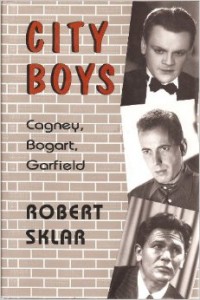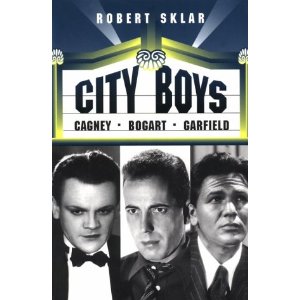From the April 1999 Chicago Reader.– J.R.


Nicholas Ray’s potent 1956 CinemaScope melodrama dealt with the ill effects of cortisone on a frustrated middle-class grammar-school teacher (James Mason) at about the same time that the first wave of wonder drugs hit the market. But the true subject of this deeply disturbing picture is middle-class valuesabout money, education, culture, religion, patriarchy, and getting ahead. These values are thrown into bold relief by the hero’s drug dependency and resulting megalomania, which leads to shocking and tragic results for his family (Barbara Rush and Robert Simon) as well as himself. Ray’s use of ‘Scope framing and color to delineate the hero’s dreams and dissatisfactions has rarely been as purposeful. (It’s hard to think of another Hollywood picture with more to say about the sheer awfulness of normal American family life during the 50s.) With Walter Matthau in an early noncomic role as the hero’s best friend; scripted by Cyril Hume, Richard Maibum, and an uncredited Clifford Odets. 95 min. (JR)

 Read more
Read more
Published in New York Newsday (Sunday, May 31, 1992). -– J.R.

CITY BOYS: Cagney, Bogart, Garfield, by Robert Sklar. Princeton University Press, 311 pp., $27.50.

BY JONATHAN ROSENBAUM
Perhaps the most refreshing thing about this comparative study of the Hollywood careers of James Cagney, Humphrey Bogart and John Garfield is that it lacks the deference to the film industry that one has come to expect nowadays from movie books, journalistic as well as academic. Eschewing the puffery of popular star biographies and the equally dubious (and self-serving) idealism of such academic buzz terms as “the classical Hollywood cinema” and “the genius of the system,” Robert Sklar, professor of cinema studies at New York University, writes with the vernacular ease of a journalist without sacrificing the analytical rigor one expects from a prestigious university press. While he hasn’t always spread his net as widely as one might hope, he still offers a plausible portrait of three city boys and how they grew -– or didn’t.
A social historian at heart, Sklar is basically interested in charting the diverse forces that molded and altered the screen images of Cagney, Bogart and Garfield. Their overlapping careers offer many instructive parallels: New York origins, theatrical training, evolving hard-boiled screen personalities, leftist sympathies, artistic and economic exploitation by the studios, struggles for independence (including the formation of their own production companies) with mixed results and elaborate enforced recantations of former political allegiances during the Hollywood witch hunts. Read more






